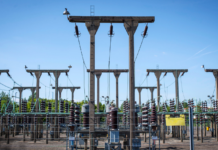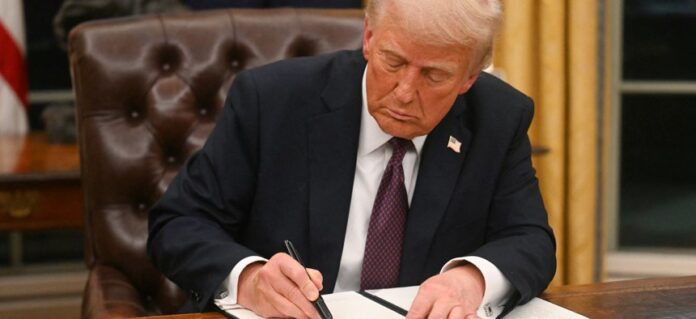U.S. President Donald Trump signed an executive order on Wednesday aimed at expanding job training for skilled trades, aligning the initiative with his broader strategy to support U.S. manufacturing through tariffs on imports.
According to a summary from the White House, the order directs the Departments of Labor, Education, and Commerce to prioritize job training in sectors including those driven by artificial intelligence. The goal is to support over one million apprenticeships annually.
The executive order seeks to shift government resources from higher education programs toward vocational training in trades such as electricians, machinists, and nursing assistants. These occupations typically require specialized training and credentials but not a four-year college degree.
Before signing the order, Trump said the measure was designed to support employment through targeted job preparation. “This is like a training center… for what we’re trying to do, which is jobs at great salaries,” he told reporters in the Oval Office.
While the order outlines a change in focus, it remains unclear how much funding will be dedicated to the effort. The full text of the order has not been released.
This policy action accompanies Trump’s ongoing use of tariffs on imported goods, part of an effort to encourage domestic production. The administration has said such measures are intended to address long-term declines in manufacturing employment.
Some advisers have attributed the trend to companies relocating operations to countries with lower labor costs.
However, manufacturing growth faces challenges, including a limited supply of trained workers. The U.S. workforce has seen a drop in vocational training over several decades, while demographic changes and reduced immigration have contributed to labor shortages in the sector.
Trump received strong support from voters without college degrees during the 2024 presidential election, winning 56% of that group, according to exit polls. He has continued to engage with labor unions and working-class voters.
The president has also criticized higher education institutions, accusing some of political bias and threatening funding and tax benefits. Several universities have responded, opposing what they describe as interference in academic affairs.
























